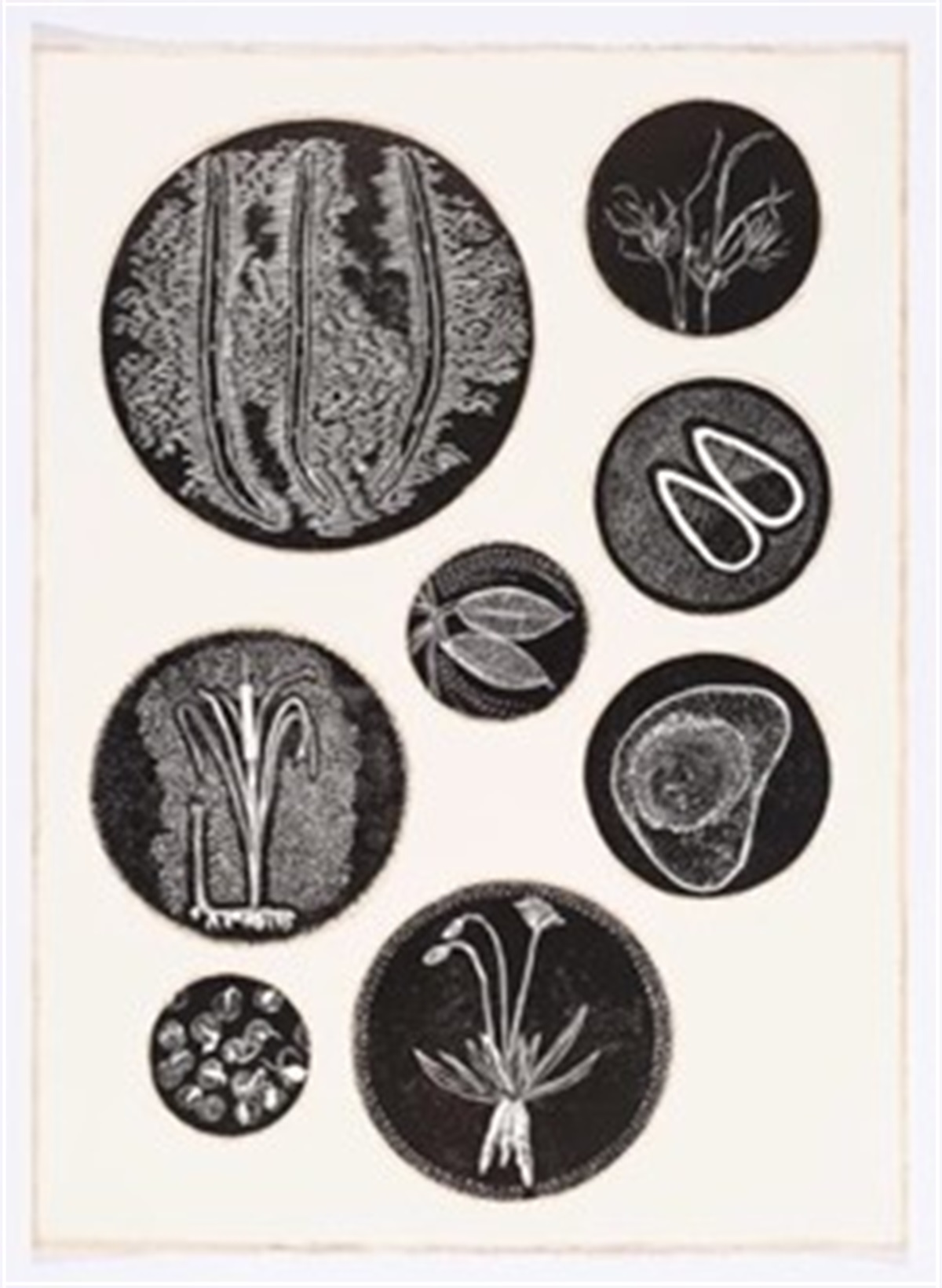A promising emerging treatment for comatose adult cardiac arrest patients has yielded similar results to current treatments in a Monash University-led study published in The New England Journal of Medicine. Out-of-hospital cardiac arrests (OHCA) cause significant death and disability, the study was one the largest trials conducted on cardiac arrest patients admitted to intensive care units.
The Targeted Therapeutic Mild Hypercapnia After Resuscitated Cardiac Arrest study showed that maintaining a slightly elevated carbon dioxide (CO2) level (hypercapnia) for the first 24 hours after a cardiac arrest patient has been resuscitated did not improve neurological outcomes, functional outcomes, or quality of life at six months after the event, and did not impact six-month mortality.
TAME leader Dr Glenn Eastwood said conversely it did not lead to worse outcomes, either. Dr Eastwood said previous observational studies had shown that while many doctors followed guidelines and kept the CO2 level normal, it was common to have hypercapnia.
He said these studies suggested hypercapnia was associated with improved outcomes, and there were many physiological reasons why this might be so, including increasing blood flow.
TAME researchers had also conducted an earlier smaller trial that suggested that hypercapnia improved outcomes, but recognised the need for a large trial to confirm this finding.
“It was a really interesting hypothesis to test, as if it had shown positive results, the change in practice would have been free of cost, beyond those associated with change implementation, Dr Eastwood said. “But our study provides the strongest evidence to date, and indicates no benefit to changing current practice.”
The TAME randomised controlled trial recruited 1,700 patients from 63 intensive care units in 17 countries, in a uniquely harmonised system that saw them partner with another clinical trial in Sweden.
Hospitalised comatose adults resuscitated from out-of-hospital cardiac arrest of a presumed cardiac or unknown cause with sustained return of spontaneous circulation were eligible for enrolment. A total of 847 patients (49.8 per cent) were assigned to targeted mild hypercapnia and 853 (50.2 per cent) to targeted standard care (normocapnia).
The primary outcome was a favourable neurological outcome defined by a Glasgow Outcome Scale-Extended score of 5 to 8 at six months, obtained by blinded assessors. Secondary outcomes were similarly measured at six months by other relevant, validated scales.
“There’s three main ways our study impacts practice and research,” Dr Eastwood said
“Firstly, while we found no additional harm from pursuing hypercapnia in these patients, the lack of benefit means there’s no need to change practice – it would be a waste of time and resources. So, doctors can rest assured that patients aren’t missing out if they receive standard practice.
“The second is that while we are somewhat disappointed we haven’t discovered a new therapy for these patients, we demonstrated that these patients can tolerate hypercapnia without causing any harm. This can be important in ICU settings, as this allows doctors to less intensely ventilate patients on breathing machines, which can be helpful in some patient groups.








